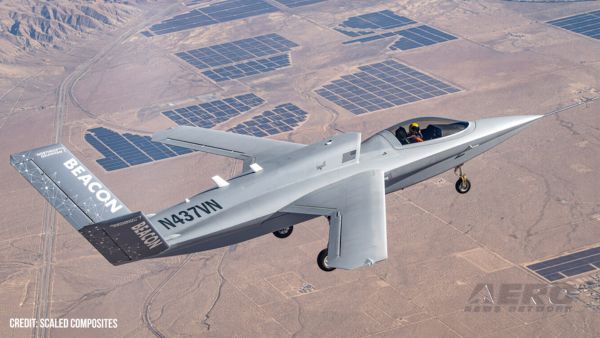Thu, Sep 25, 2025
Advertisement
More News
 Airborne-NextGen 09.16.25: DOT's AAM Plan, Switchblade 600 AirLaunch, Jetson ONE
Airborne-NextGen 09.16.25: DOT's AAM Plan, Switchblade 600 AirLaunch, Jetson ONE
Also: Tidal Flight And DeltaHawk Collab, Russian Drone Strikes, Vertical Aerospace Transition, Power Bank Rules The FAA aims to accelerate the deployment of AAM, or advanced air mo>[...]
 NTSB Final Report: Nelson Special
NTSB Final Report: Nelson Special
Pilot’s Failure To Maintain Airplane Control During The Landing Roll Analysis: The pilot reported that during the landing roll in a tailwheel-equipped airplane, he applied th>[...]
 ANN FAQ: Contributing To Aero-TV
ANN FAQ: Contributing To Aero-TV
How To Get A Story On Aero-TV News/Feature Programming How do I submit a story idea or lead to Aero-TV? If you would like to submit a story idea or lead, please contact Jim Campbel>[...]
 Classic Aero-TV: Agreeable Fly-By-Wire Sagems Active Side Stick Program
Classic Aero-TV: Agreeable Fly-By-Wire Sagems Active Side Stick Program
From 2015 (YouTube Edition): Fly By Wire Is No Longer Just For Fighter Jets And Airliners! This video addresses the subject of active side sticks for aircraft with fly-by-wire cont>[...]
 ANN's Daily Aero-Linx (09.22.25)
ANN's Daily Aero-Linx (09.22.25)
Aero Linx: HeliOffshore HeliOffshore is the global, safety-focused association for the offshore helicopter industry. Our mission is to lead a collective safety conversation, identi>[...]
blog comments powered by Disqus





